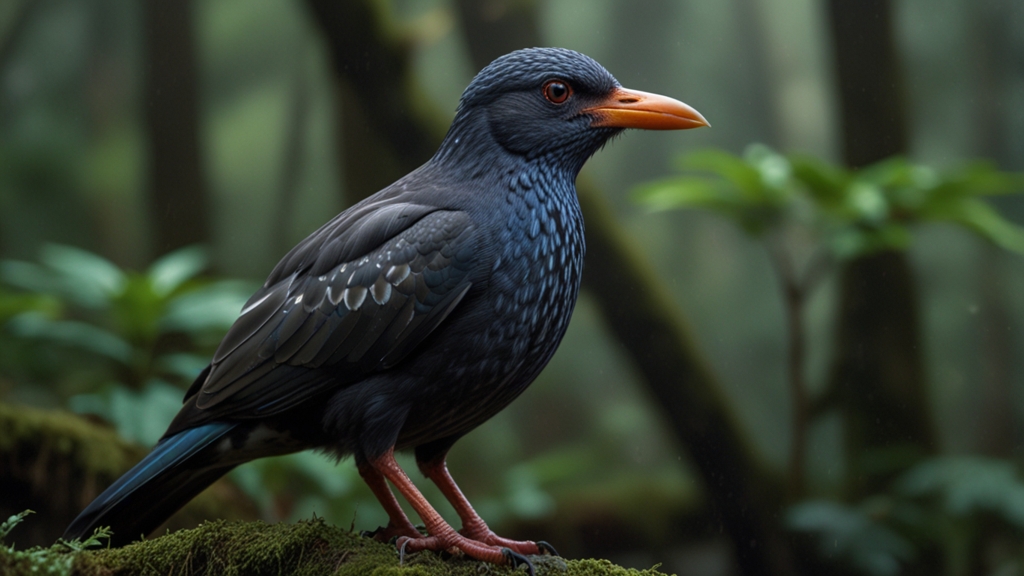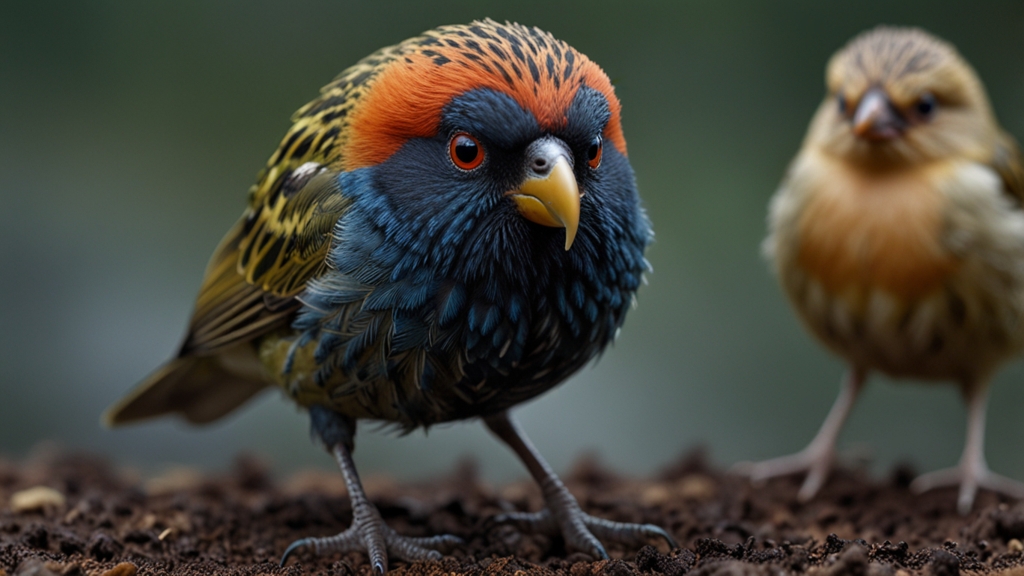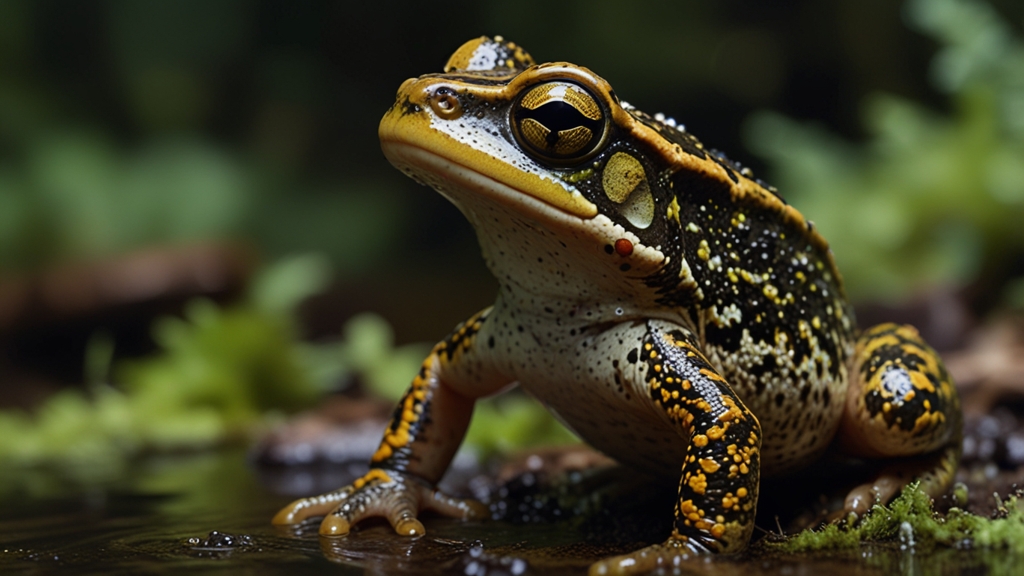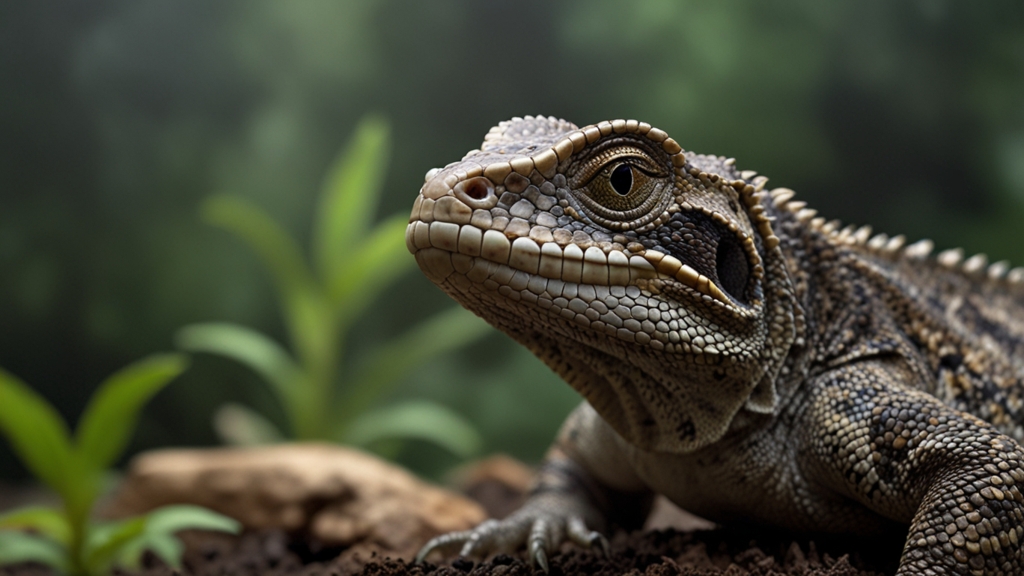The Incredible Resilience of Animals in Crisis Situations
When facing danger, whether from natural disasters, human activities, or other crises, animals often demonstrate remarkable resilience. This extraordinary ability to adapt and survive in dire circumstances has captivated scientists and nature enthusiasts alike. Let’s explore some compelling examples of animal resilience in various crisis situations.
Natural Disasters
Natural disasters pose one of the most unpredictable and devastating threats to wildlife. Earthquakes, wildfires, floods, and hurricanes can dramatically alter habitats and ecosystems. Despite these challenges, many animals have developed sophisticated strategies for survival.
For instance, some bird species demonstrate an uncanny ability to sense impending natural disasters. They may detect subtle changes in environmental cues, such as atmospheric pressure, well ahead of time. Consequently, they often relocate to safer areas, ensuring their survival. Similarly, certain fish and amphibian species can detect minute shifts in water pressure or temperature, allowing them to move to safer waters before a disaster strikes.
"Studies suggest that elephants are capable of detecting low-frequency sounds generated by earthquakes and tsunamis. This allows them to move to higher ground well before the disaster hits," notes Dr. Emily Thompson, a renowned zoologist.
Human-caused Crises
Humans have an undeniable impact on wildlife, often leading to significant crises. Habitat destruction, pollution, and climate change are just a few examples. Nevertheless, animal resilience shines even under these adverse conditions.
Urban wildlife provides a fascinating study in adaptability. Raccoons, for example, have become adept at navigating urban landscapes. They rummage through trash cans, build nests in attics, and even learn to use pedestrian crossings. Their ingenuity and adaptability enable them to thrive in environments vastly different from their natural habitats.
"Urbanization has created new 'ecosystems' where animals like raccoons, coyotes, and pigeons have learned to flourish. It's a testament to their resilience and adaptability," says Jane Collins, an urban ecologist.
Climate Change
Climate change is another significant force reshaping the lives of animals around the globe. Rising temperatures, changing precipitation patterns, and shifting seasons demand adaptability. Here too, animals display amazing resilience.
For instance, the Arctic fox has demonstrated remarkable adaptability to the rapidly warming Arctic. Traditionally suited to extremely cold environments, these foxes have expanded their territories further north as temperatures rise. They also alter their diets, consuming a wider variety of available food sources to survive.
Similarly, coral reefs, despite facing massive bleaching events due to rising ocean temperatures, show pockets of resilience. Some coral species have adapted to withstand higher temperatures and even began forming symbiotic relationships with more heat-tolerant algae.
Lessons from the Animal Kingdom
Animals provide an incredible array of examples of resilience in the face of crisis. Whether through instinct, learned behavior, or evolutionary adaptations, they showcase the incredible versatility of life on Earth. Their resilience serves as a powerful reminder of the importance of biodiversity and the need for conservation efforts.
By understanding and appreciating these remarkable survival strategies, humans can draw inspiration and learn critical lessons about resilience, adaptability, and the interconnectedness of all life forms. As we continue to face our own crises, the resilience of animals offers hope and insight into navigating the challenges ahead.












